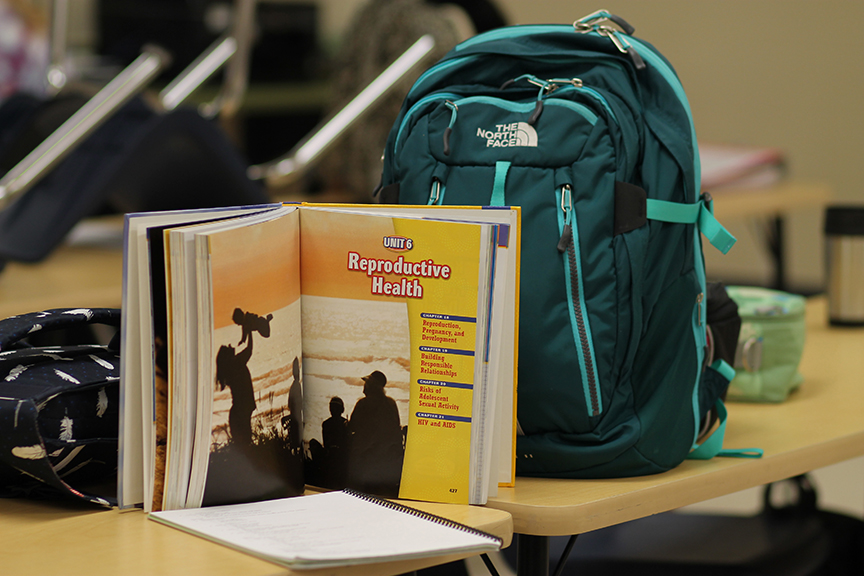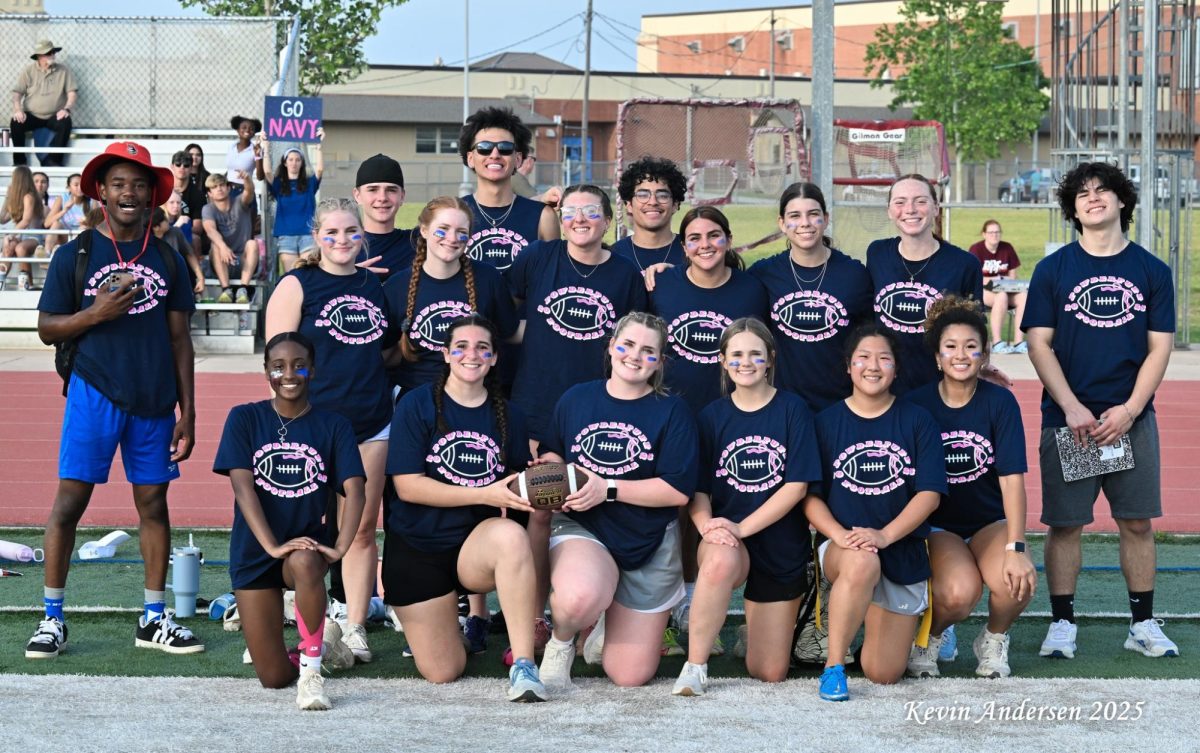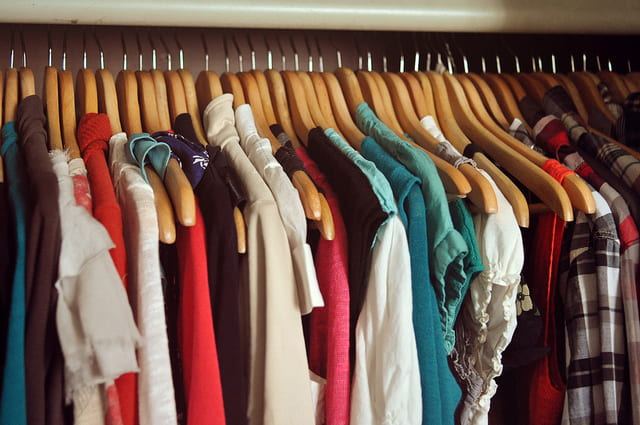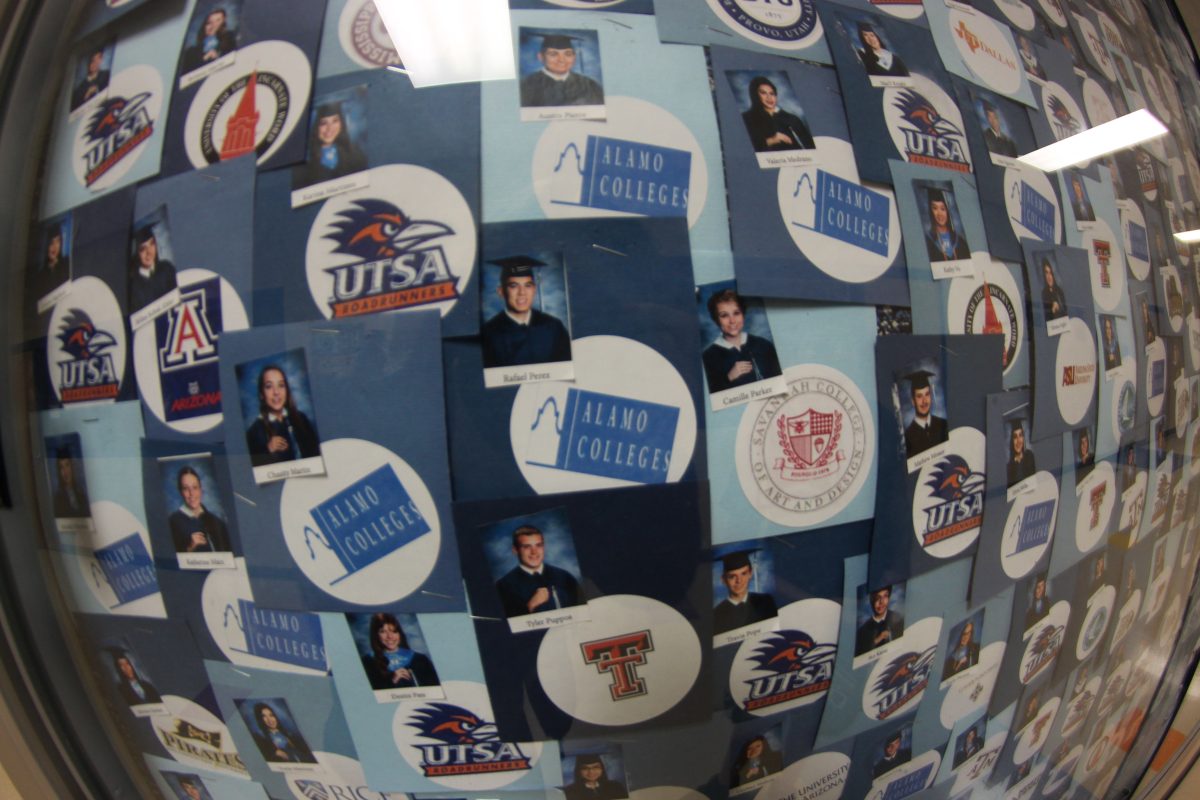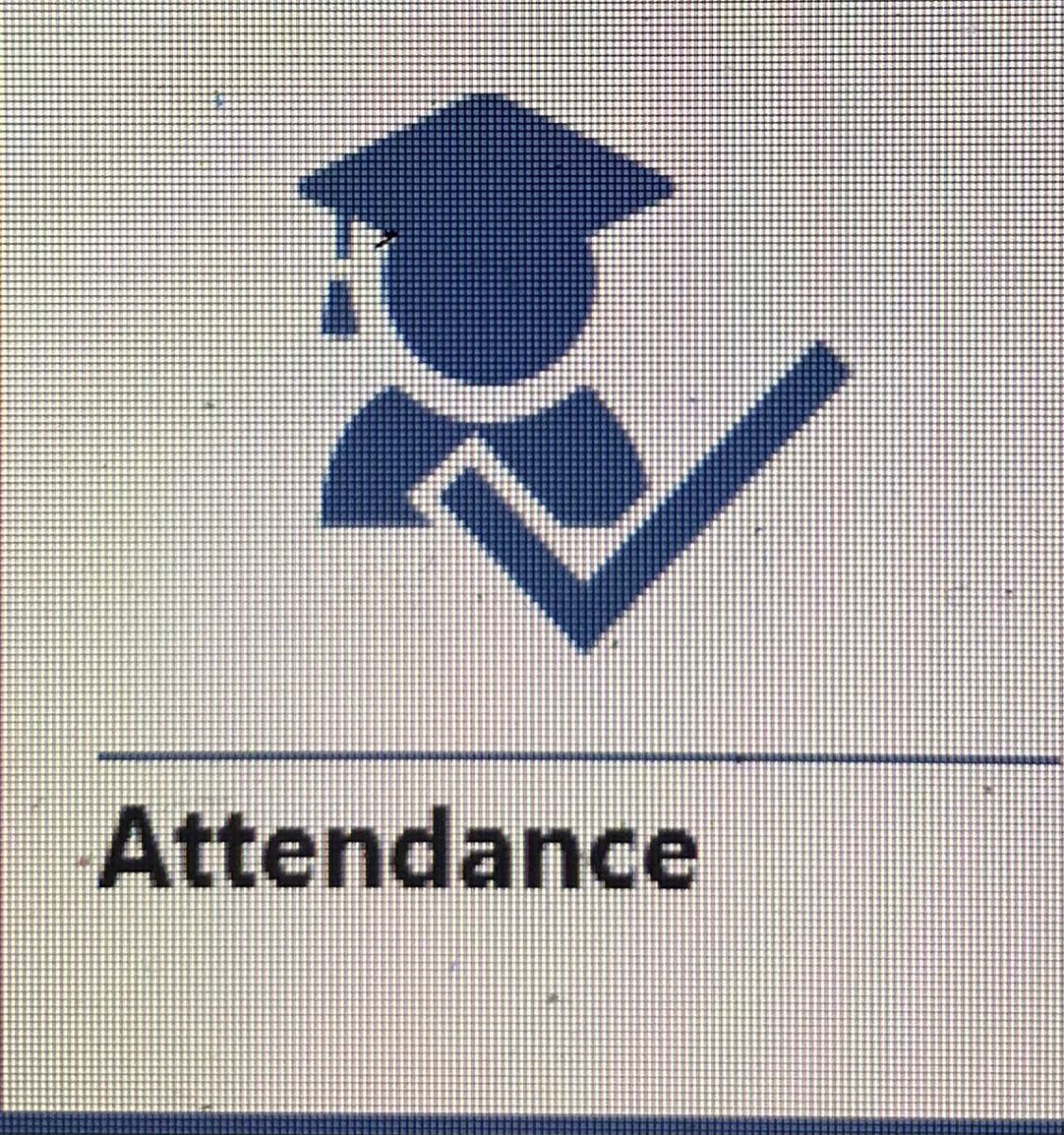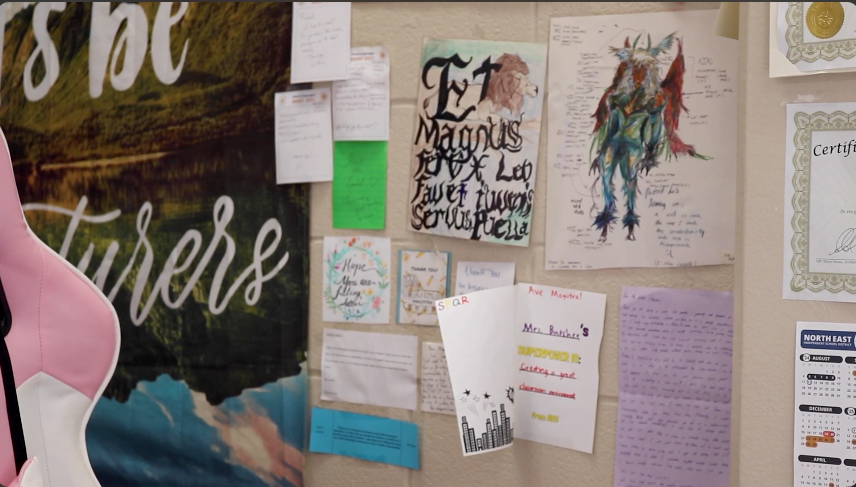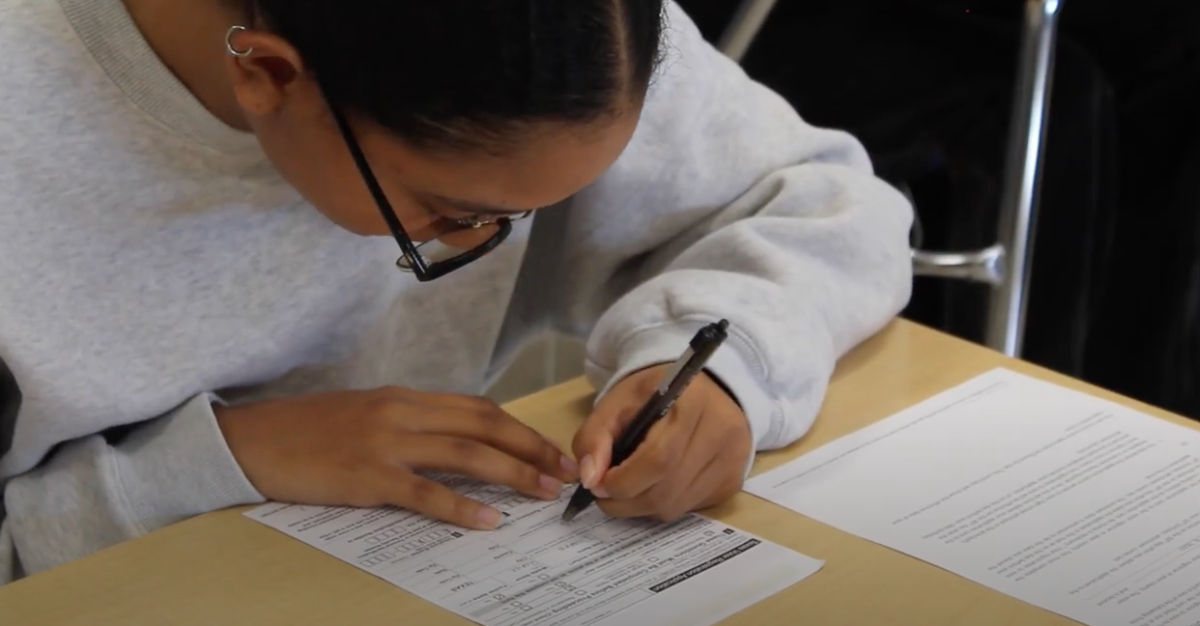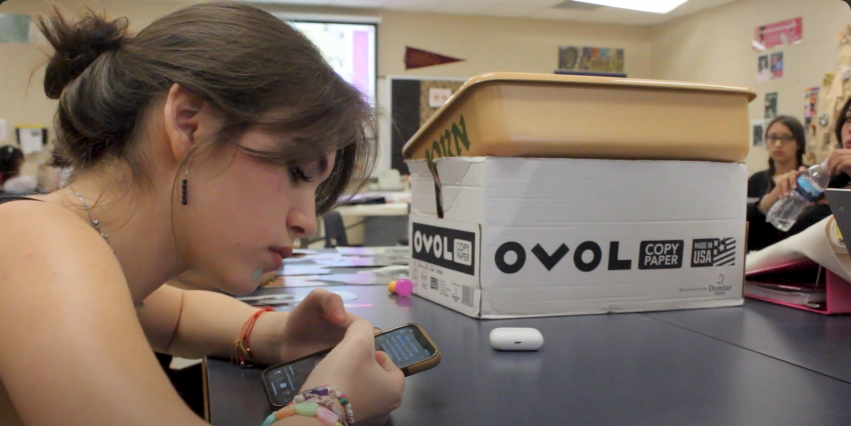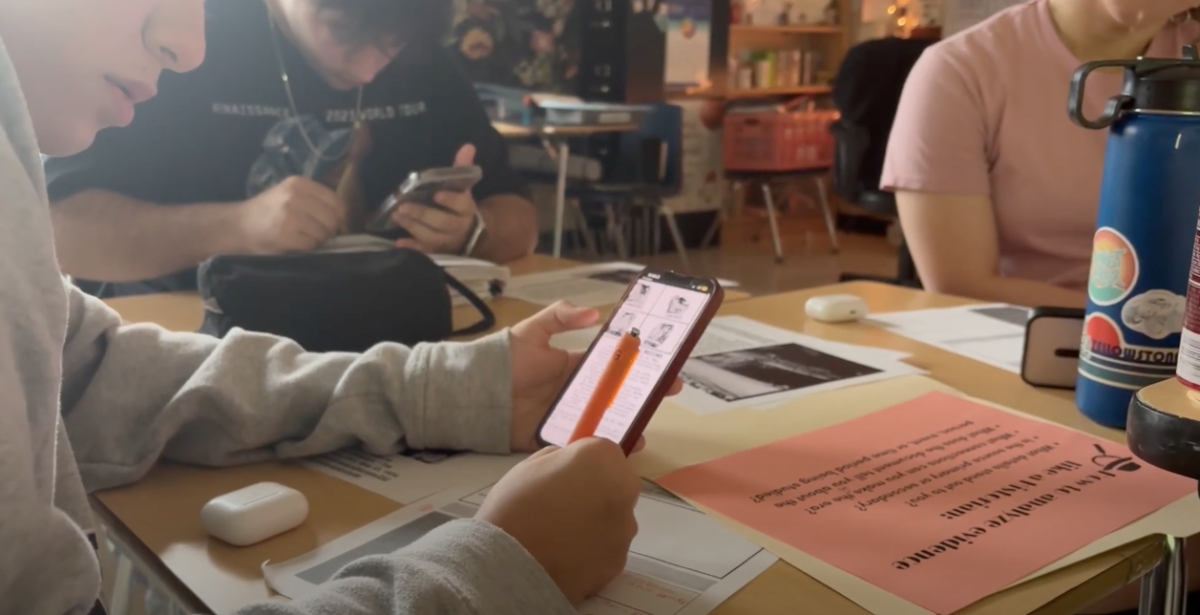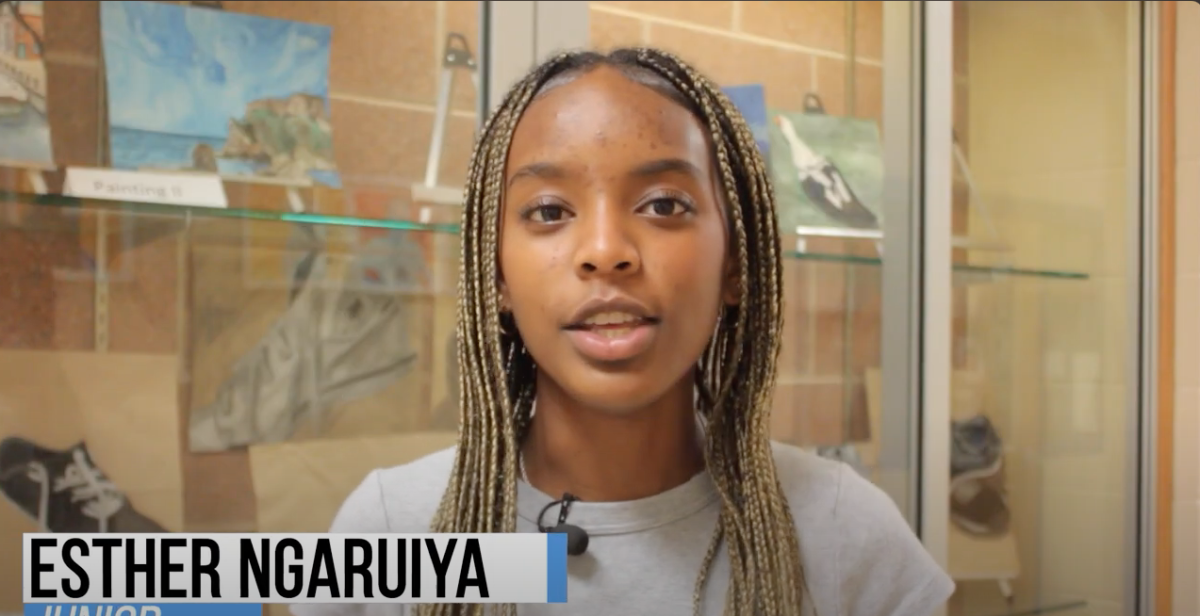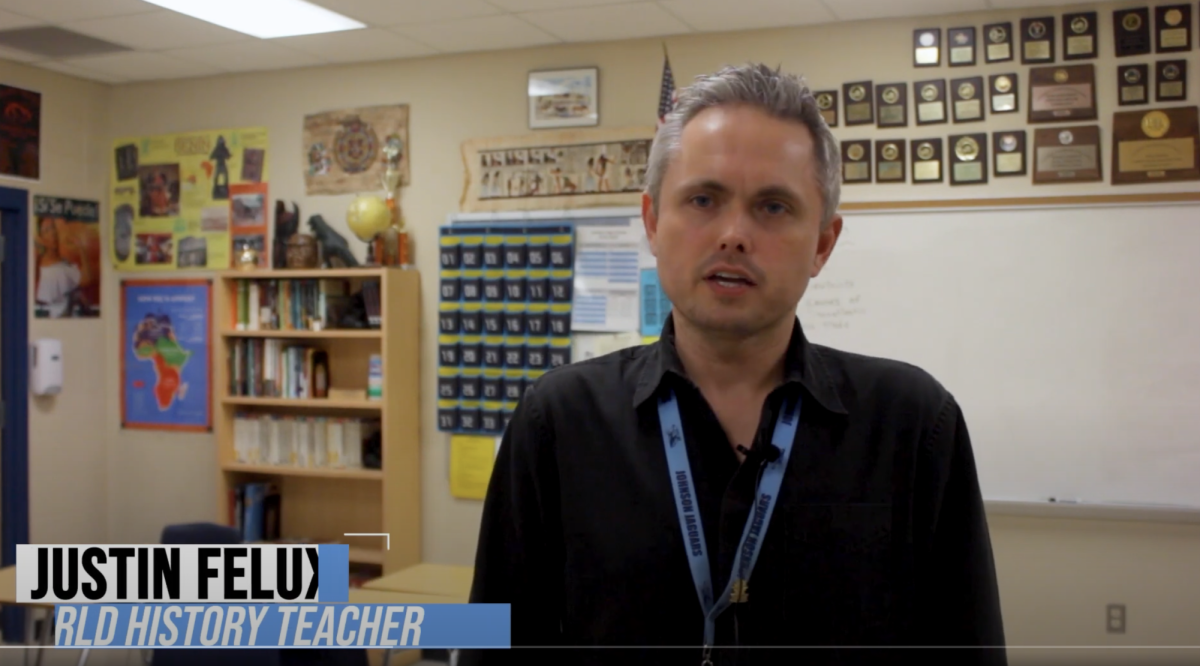by Courtney Smith| staff writer
Freshman Ali Turner remembers sex-education at Tejeda Middle School as graphic.
“They told us, basically, ‘Don’t do sex. This is what could happen to you,” Turner said.
And Turner isn’t alone. Sophomore Cole Stewart remembers it all too well.
“I went to Lopez, but I remember nothing about it [sex-ed],” Stewart said. “But the photos…were really nasty.”
So with a program that perhaps the typical freshman might have described as vague or graphic, what role does the high school take in continuing sex education for students?
“When I was at Tejeda, the sex ed program was revamped because it was brought up by parents with concerns on whether the previous program was teaching enough about sex ed and change and desires,” principal John Mehlbrech said.
The SHAC committee, or School Health Advisory Council, guided the efforts to develop the curriculum. The SHAC committee helped to reform Tejeda’s program in an effort to make it more comprehensive for the students.
“It used to be during your P.E. classes, you get a little bit of sex ed and you go on; this [new sex ed program] was a little different,” Mehlbrech said. “It was a new curriculum and each grade level was more advanced.”
Based on the middle school program, ‘Choosing the Best,’ the high school program, ‘Big Decisions’ was developed.
“The main difference of the curriculums is middle school is abstinence-based and high school is abstinence-plus. We [high school curriculum] cover contraception and the failure rates. We talk about making the best choice for you in that time of your life,” NEISD Director of Physical Education Rachel Naylor said.
While students learn about sex education in both middle and high school, the information isn’t brought up every year. According to Naylor, this has its pros and cons.
“We don’t have enough consistent information the whole time you’re [students] in school. As often as information is put in front of you, it helps you to make better choices,” Naylor said. “Every student ventures into different areas of their life at different ages. So, we have a responsibility as high at the middle school as the high school because some students start taking risky behaviors in the middle school. If we don’t take care of it there, we are being very negligent. Having a very comprehensive program sixth thru twelfth grade is vital and important.”
However, sex education is a touchy subject. There are a wide range of opinions on whether or not the material should even be taught in school, how to approach the topic, and how to convey an appropriate message to the students.
“We as a school have to remain neutral. We don’t want to give you [students] one side or the other, but we do stress one side over the other – in an educational way – not values, not morals, but statistics. To keep it the safest, there’s only one way, but that doesn’t mean everybody is gonna follow it,” Mehlbrech said.
Naylor attended Clark High School and while they had health classes, she doesn’t remember specific details from the sex education curriculum, yet wishes she was exposed to more information.
“Honestly, I really don’t remember us covering very much of it in high school. I wish I’d had more information in high school before I went into college – not just sex ed, but balancing your life. We didn’t get very much of that,” Naylor said.
Although the school has a responsibility to teach sex education, and the material has gotten more informative over time, the school has little control in regards to students choices outside of the classroom. With the heavy sexualization in the media and how often teenagers are exposed to it, especially with a computer in their back pocket, the need for proper sex education to stem beyond the walls of the school isn’t lost on Mehlbrech.
“It’s difficult for me to say, not knowing you – not knowing all 3,000 kids – what to do and not to do. That’s a parental right,” Mehlbrech said. “Parents should be having that discussion with you. Parents should be the ones giving you options and what they believe in and talking to you.”


